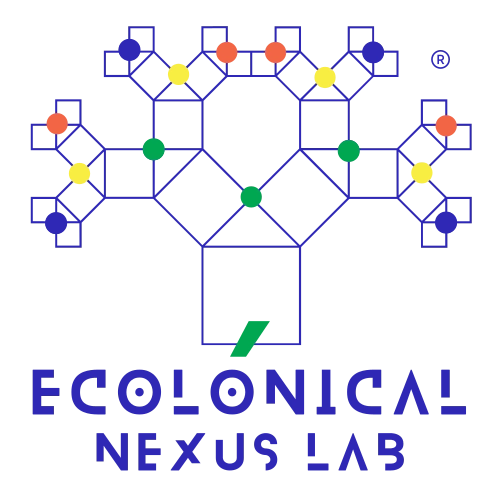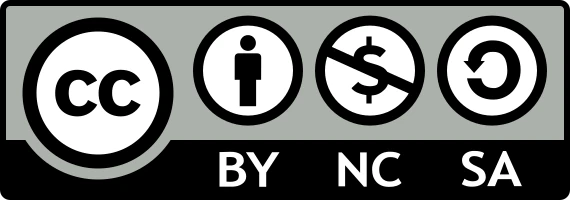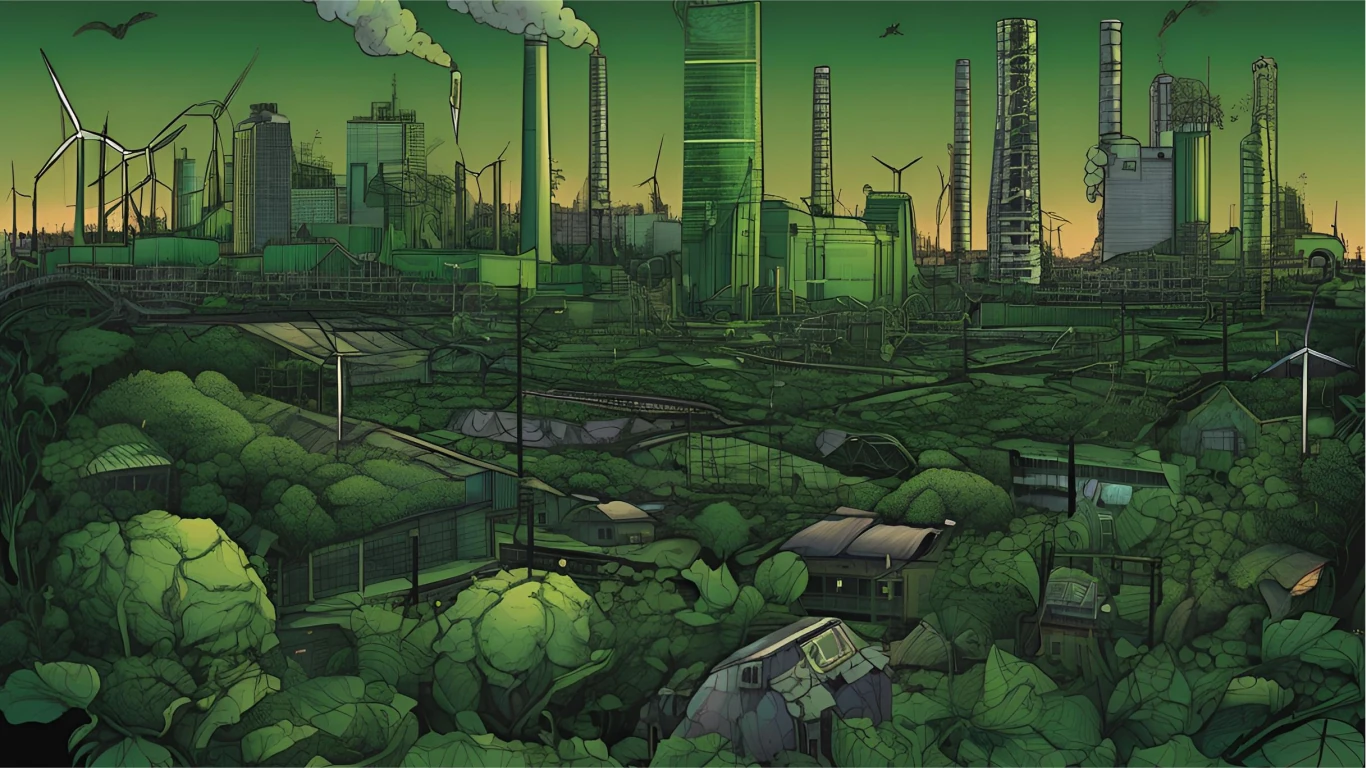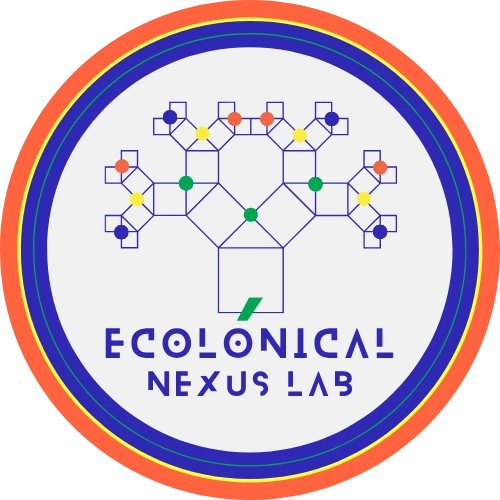No products in the cart.

5 Key Insights Into the Future of the Circular Economy and the Zero-Waste Promise
In recent years, the concept of a circular economy has evolved from a promising idea into a widely embraced mantra for sustainability. It is heralded by governments, corporations, and environmental advocates alike as the key to addressing our ecological crises. The promise is simple yet profound: redesign production and consumption systems to minimize waste and extend the life of materials. Yet, behind this appealing paradigm lie questions and challenges that deserve deeper reflection. Are we truly on the path to a zero-waste world, or are we just repackaging a fundamentally linear system?
Contents
- From Theory to Practice: Where Do We Really Stand?
- The Gap Between Innovation and Reality
- Redefining Success in Circularity
- Consumer Behavior and the Culture of Disposability
- Hope and Collaboration: A Way Forward
- Final Reflection: Looking Beyond the Narrative
- References
- Further Reading: Independent Resources on the Circular Economy
- FAQ: Common Questions About the Circular Economy
- What is the Circular Economy, and why is it important?
- What are the key principles of the Circular Economy?
- Can the Circular Economy help achieve zero waste?
- What are the challenges of implementing the Circular Economy?
- How can businesses benefit from adopting Circular Economy principles?
- How do Circular Economy practices contribute to environmental sustainability?
- What role do governments play in advancing the Circular Economy?
- What are some examples of Circular Economy initiatives in practice?
- Author
From Theory to Practice: Where Do We Really Stand?
The allure of the circular economy lies in its potential to close the loop by reusing, recycling, and rethinking the way we produce and consume. But when it comes to implementation, the cracks begin to show. Current strategies often involve partial solutions—basic recycling, take-back programs, and green slogans. For instance, how often have we heard of recycling programs that actually manage to process only a small fraction of the products distributed?
Take the example of plastic bottles. While the industry has made progress in recycling, the global percentage of plastic that gets recycled remains alarmingly low, with most ending up in landfills or incinerators. Even when materials are recyclable, the logistical and financial costs of effective recovery often outweigh the benefits. This raises an uncomfortable question: Is “zero waste” an achievable reality or merely an aspirational goal to sustain the sustainability narrative?
The Gap Between Innovation and Reality
Here, the narrative of technological innovation takes center stage. Advocates of the circular economy often argue that advanced recycling and repurposing technologies are key to unlocking a waste-free future. Yet, discussions about the economic viability and equitable access to these technologies are often overlooked. Developed nations can afford to invest in chemical recycling and advanced industrial processes, but in regions with limited access to capital and resources, these technologies remain an unreachable ideal.
This raises a more profound question: Could the current vision of the circular economy exacerbate the divide between those who can afford a cleaner system and those who are left struggling with the environmental and economic burdens of a traditional, extractive model? If the widespread adoption of these technologies demands significant investment, are we truly fostering an inclusive transition, or are we deepening existing inequalities?
Redefining Success in Circularity
Another aspect that often goes unexamined is how success is measured within these initiatives. Is it enough for a company to label itself as “circular” because it has marginally reduced its carbon footprint or implemented a material reuse program? The criteria for success seem flexible, allowing brands to tout initiatives without questioning whether they contribute to systemic change.
A concrete example is the fashion industry. Many brands now claim sustainability and circular practices by integrating recycled materials into their products. But what happens at the end of the line when these garments are discarded because consumers lack access to effective recycling systems? Circularity cannot be a patchwork of small fixes applied to a system that fundamentally promotes hyper-consumption.
Consumer Behavior and the Culture of Disposability
No discussion of the circular economy is complete without addressing the role of the consumer. While awareness campaigns have made some progress, the reality is that many people still prioritize convenience and cost over sustainability. The culture of disposability is deeply ingrained, and changing this behavior requires a cultural shift as profound as the technological advancements being promoted.
This is where public policy could play a crucial role. Yet again, we face the issue of effective implementation. Many environmental policies are designed with good intentions but lack the mechanisms for practical execution. What is the point of promoting laws that incentivize recycling if there is no infrastructure to support these practices?
Hope and Collaboration: A Way Forward
Despite the challenges and criticisms, the circular economy remains an idea worth exploring and promoting, albeit with a more critical and nuanced perspective. Collaboration between sectors is essential. Partnerships among businesses, governments, and communities can make a difference, promoting models that not only seek to minimize environmental impact but also take into account economic and social realities.
Emerging technologies such as blockchain are beginning to play an interesting role by providing traceability and transparency in supply chains. This could help ensure that recyclable materials are processed efficiently and reach the appropriate channels. However, even these solutions have limits and require an ecosystem to support and sustain them.
Final Reflection: Looking Beyond the Narrative
The circular economy is a powerful concept that can inspire and guide innovation. But it’s time to look beyond the neatly packaged narrative and ask whether current implementations are truly living up to their promises. Are we on a path that genuinely transforms the way we use resources, or are we stuck in a loop where partial solutions are presented as a panacea?
For the circular economy to fulfill its zero-waste promise, it needs to be more than a slogan. It must involve a comprehensive approach that combines innovation, effective policy, and a fundamental shift in both business practices and societal behavior. Above all, it must remember that sustainability is not achieved through minor adjustments but through a radical reimagining of how we live and produce.
References
Further Reading: Independent Resources on the Circular Economy
A curated selection of public resources and tools related to the latest advancements in the circular economy, sustainability, and zero-waste practices. These links complement the themes discussed in the article, offering insights into the future of circular business models and strategies for reducing waste.
Research Platforms & Tools
- Circular Economy Resource Hub – Explore articles and research on circular economy initiatives, strategies, and technologies.
- Ecolonical Blog on Circular Economy – A comprehensive resource for articles, case studies, and solutions to promote the circular economy and reduce environmental impact.
FAQ: Common Questions About the Circular Economy
What is the Circular Economy, and why is it important?
What are the key principles of the Circular Economy?
Can the Circular Economy help achieve zero waste?
What are the challenges of implementing the Circular Economy?
How can businesses benefit from adopting Circular Economy principles?
How do Circular Economy practices contribute to environmental sustainability?
What role do governments play in advancing the Circular Economy?
What are some examples of Circular Economy initiatives in practice?
Author
-

Milena-Jael Silva-Morales is a systems engineer with a PhD in Urban and Territorial Systems and the founder of Ecolonical LAB, an independent research lab integrating data science, AI, and territorial systems to address local and global sustainability challenges. With over 15 years of experience leading international, multidisciplinary R&D initiatives, she is recognized for bridging science, technology, and policy to deliver transformative solutions in water, energy, and biodiversity systems.
View all posts
This article is governed by the Ecolonical Open Knowledge License (EOKL Lite V1). This license explicitly prohibits the use of its contents for AI model training, dataset integration, algorithmic processing, or automated decision-making systems. Unauthorized computational aggregation, reproduction beyond permitted terms, and any use conflicting with open knowledge principles are strictly restricted.
For legally binding terms, compliance obligations, and permitted exceptions, refer to the License Usage Policy.
Under specific conditions, this content aligns with the Creative Commons Attribution-NonCommercial-ShareAlike 4.0 International License. However, any AI-related processing, direct commercial exploitation, or automated derivative work remains subject to EOKL Lite V1 restrictions.






Leave a Reply